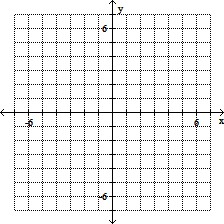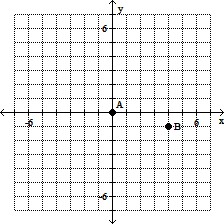Consider the following situation. A political party holds a national convention with 1,100 delegates. At the convention, five persons (which we will call A, B, C, D, and E) have been nominated as the party's presidential candidate. After the speeches and hoopla, the delegates are asked to rank all five candidates according to his or her choice. However, before the vote, caucuses have narrowed the choices down to six different possibilities. The results of the first ballot are shown (choices, followed by the number of votes):
(ADEBC)
(BEDCA)
(CBEDA)
380
220
200
(DCEBA)
(EBDCA)
(ECDBA)
180
80
40
?
Who would win in a runoff election using the principle of eliminating the candidate with the fewest first-place votes?
?
A. B
B. C
C. A
D. E
E. D
Answer: B
Mathematics
You might also like to view...
Compute the values of f(x) and use them to determine the indicated limit.If f(x) =  - 2, find
- 2, find  f(x).
f(x).
A.  ; limit = 1.95
; limit = 1.95
B.  ; limit = 1.50
; limit = 1.50
C.  ; limit = ?
; limit = ?
D.  ; limit = 0
; limit = 0
Mathematics
Find the first term and the common difference. ,
,  ,
,  ,
,  , . . .
, . . .
A. a1 =  , d =
, d =
B. a1 =  , d = -
, d = - 
C. a1 =  , d =
, d =
D. a1 =  , d =-
, d =- 
Mathematics
Plot the two points given by the ordered pairs.A(0, 0), B(4, 1)
A. 
B. 
C. 
D. 
Mathematics
Solve the problem.The length of a rectangular flower bed is 11 ft. less than 3 times its width. The area of the bed is 20 ft2. Find the dimensions of the flower bed.
A. 5 ft by 4 ft B. 3 ft by 3 ft C. 5 ft by 1 ft D. 3 ft by 4 ft
Mathematics